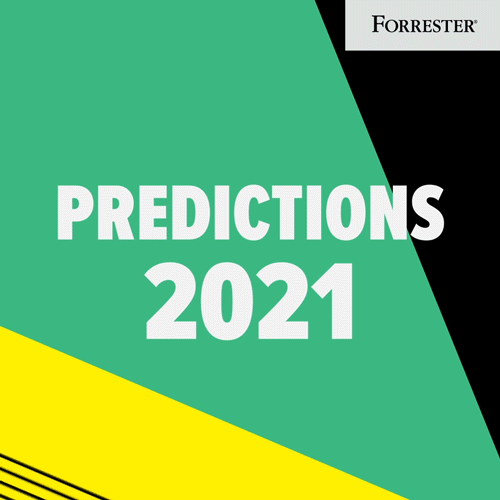Predictions 2021: Divided Consumers Will Wrestle With Escalating Individual, Community, And Global Tensions
2020 erupted into chaos. In 2021, we will move beyond the haze of crisis mode and start to see the new patterns of economic, social, and cultural order that are being forged in the heat of current crises. Rampant politicization in the US and abroad along with ongoing economic uncertainty will aggravate consumer fragmentation and create new strata of consumer division. Assuming that 2021 brings recurring waves of COVID-19 of varying intensity and an initial vaccine or treatment, we predict that consumers will:
- Diverge along a dividing line of fear and desire. Emotion will play a key role in influencing consumer priorities, decisions, and behaviors in 2021. Consumers who fear for their physical or financial health will conserve their energies; those who enter 2021 physically and financially unscathed will channel their pent-up desires into experiential thrills that compensate for a year of deprivation. Within one week of Carnival Cruise Line announcing that service would resume, enthusiastic consumers shattered pre-pandemic booking benchmarks. And consumers in Taipei are already buying tickets to sit in airplanes that go nowhere, just for the exhilaration of embarking on a trip. This means CMOs must measure customers’ physical and financial fears together to understand consumer risk profiles, using them to inform marketing content and tone, product strategy and forecasting, and customer experience priorities that drive business back to the brand.

- Invest in expanding and fortifying their homes. The fear of crowds will linger longer than the pandemic itself. In the US, strained public school systems will push affluent families to pay for private alternatives like in-home tutors and additional childcare; globally, wealthy urban parents working remotely will shift (at least temporarily) to suburban and rural areas that offer more space for their family. Already, 41% of UK consumers and 29% of US and French consumers prefer to be in rural spaces because of the pandemic. These consumers will invest in faster internet speeds and better personal technology, while consumers who can’t afford to access educational alternatives, work remotely, or repurpose their living space will struggle: Work and domestic roles will collapse, the internet will form a lifeline, and mounting anxiety will stymie economic and social progress. CMOs should prepare to tune marketing and product strategies to shifting household needs.
- Reckon with rising global powers and the existential crisis of “Brand USA.” In the US, where polarized politics dominate headlines, only 38% of consumers are confident about post-pandemic recovery. Other countries are more optimistic: 61% of metropolitan Chinese online adults are confident about an economic rebound, which forms the basis for a surge in spending and innovation in 2021. International tensions will no longer be restricted to the economic sphere but will seep into consumers’ social and cultural arena. As consumers become highly sensitive to brands that improve local well-being and influence national pride, CMOs must determine if and how their brand should signal solidarity through its company values.
The strain of pendulating between fear and desire, fulfilling household and work obligations at once, offsetting feelings of isolation, and navigating political and social unrest will drive consumers to seek out coping mechanisms in new forms of consumption that promise a rush of comfort, control and happiness. Get more detail about how consumers will respond to escalating tensions and discover other consumer predictions by reading our report. As always, I invite your questions and discussions via Forrester inquiry.
